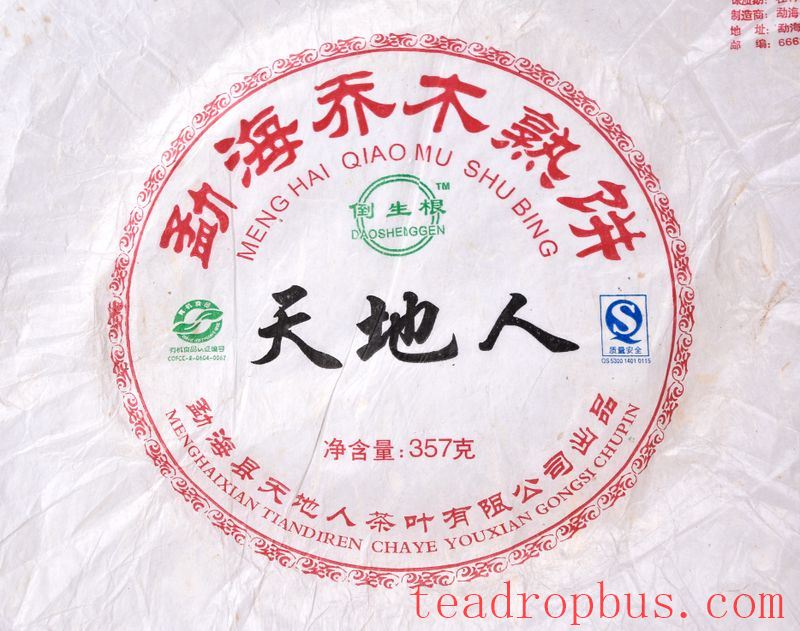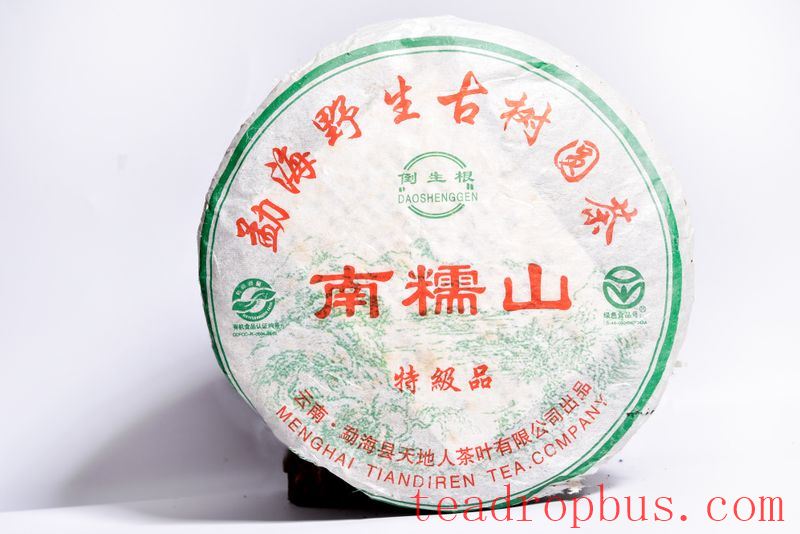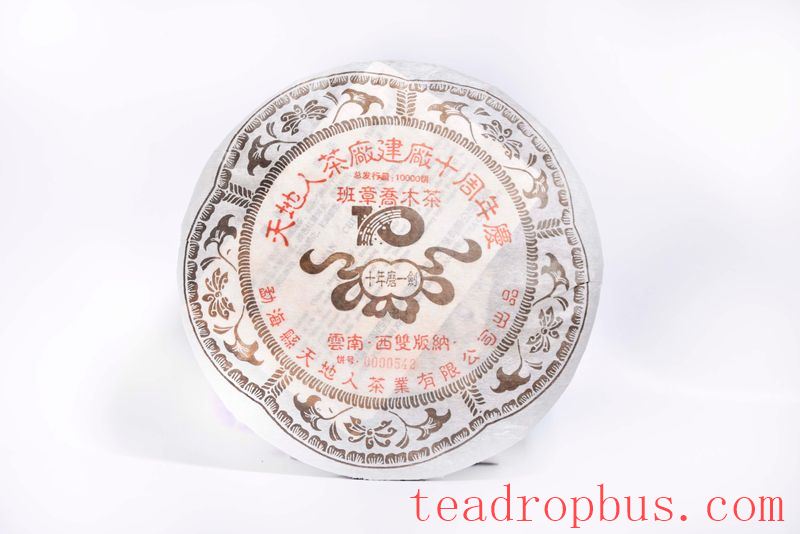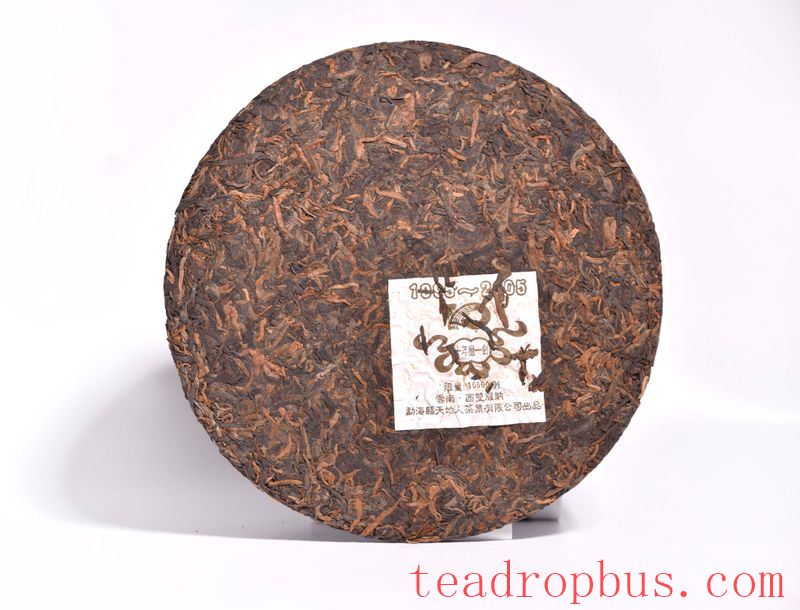Pu'er Tea is one of China's traditional famous teas, sought after in the tea market for its unique flavor and medicinal value. However, due to the wide variety of Pu'er teas available and their varying quality, it can be challenging to distinguish high-quality Pu'er teas. This article will guide you on how to purchase premium-quality Pu'er tea.

Selecting Genuine Pu'er Tea When Purchasing Pu'er Tea
1. Choose Established Brands
① Established brands have strong capabilities and can ensure better food safety, quality monitoring, and after-sales service.
② Two critical factors that influence the quality of Pu'er tea are fermentation and storage. The quality of fermentation directly determines the quality of the Pu'er tea, while storage is the second crucial hurdle for Pu'er tea. Any variables such as temperature, humidity, and time during storage can affect the taste of the Pu'er tea. Only a professional storage environment can produce rich and fragrant Pu'er tea. Large factories typically have their own fermentation and storage facilities, whereas small manufacturers often fall short in these areas.
③ Established brands possess mature processes and formulas, with stable legacies built through generations of tea-making masters' efforts. They have developed sophisticated mechanisms to handle any potential issues during tea production, ensuring consistently excellent taste and mouthfeel over decades. In contrast, small manufacturers have weaker foundations and less technical expertise, making them more prone to errors, despite some being small yet refined. Overall, they tend to have more failures than successes.

2. Avoid Superstition
① Don't Believe in Mountain-Top Teas, Grade-Level Teas, or Stamped Teas
A cake of old Ban Zhang for just $199! Tempting? Want to buy it? If you do, you'll be fooled! Remember, the worst mindset when buying tea is the desire to get a bargain. Don't believe in mountain-top teas, grade-level teas, or stamped teas. Truly fine teas aren't so abundant as to be sold on every street corner. Even if these premium teas were genuine, how could they possibly cost only $199? For example, Old Man E's tea from 2025 would sell for around 1500 RMB per pound, which means a cake of 357 grams would be priced at approximately 1071 RMB! A $199 old Ban Zhang? That's like tan90 degrees—it doesn't exist!
② Don't Believe in Strong Aromas
Throughout history, all literary works describing tea mention one word—aroma. Consequently, people naturally assume that a strong aroma indicates good tea. This misconception provides an opportunity for unscrupulous merchants to add various fragrant substances like Osmanthus and Chrysanthemum to mask the moldy smell of inferior tea. By inventing a concept or catchy name, such as osmanthus Pu'er or chrysanthemum Pu'er, they can sell substandard tea as premium tea. Those without knowledge in this field might fall for their tricks. Therefore, be wary of teas with a noticeable floral aroma or visible flower petals in the tea cakes.

3. Examine the Tea Cake
① The Tea Cake Should Be Round
At first glance, all tea cakes appear round, but those produced by established brands and of high quality are usually perfectly circular. In contrast, tea cakes produced by smaller manufacturers and of inconsistent quality tend to be irregularly shaped, sometimes even with broken edges. While seemingly trivial, the shape of the tea cake reflects a manufacturer's attitude and craftsmanship.
② The Twigs Should Be Clear
The clarity of the twigs in the tea cake reveals the manufacturer's skill in pan-firing and kneading. The pressure applied during kneading, as well as the temperature and duration of pan-firing, all affect the shape of the twigs. Only skilled tea makers can create clear, uniform, and neat twigs.

③ Consistency Inside and Out
Some merchants wrap inferior tea leaves into the center of the tea cake and use high-quality leaves on the outer layer to make it look appealing. Such teas are deceptive, looking good on the outside but lacking substance. Therefore, when buying Pu'er tea, don't judge it solely by its appearance; make sure to break open the inner part to ensure consistency inside and out.
High-quality raw materials and correct processing are prerequisites for Pu'er tea to improve with age. To ensure your Pu'er raw tea retains its value during storage, the tea base should be “thick,” and proper storage conditions must be maintained.